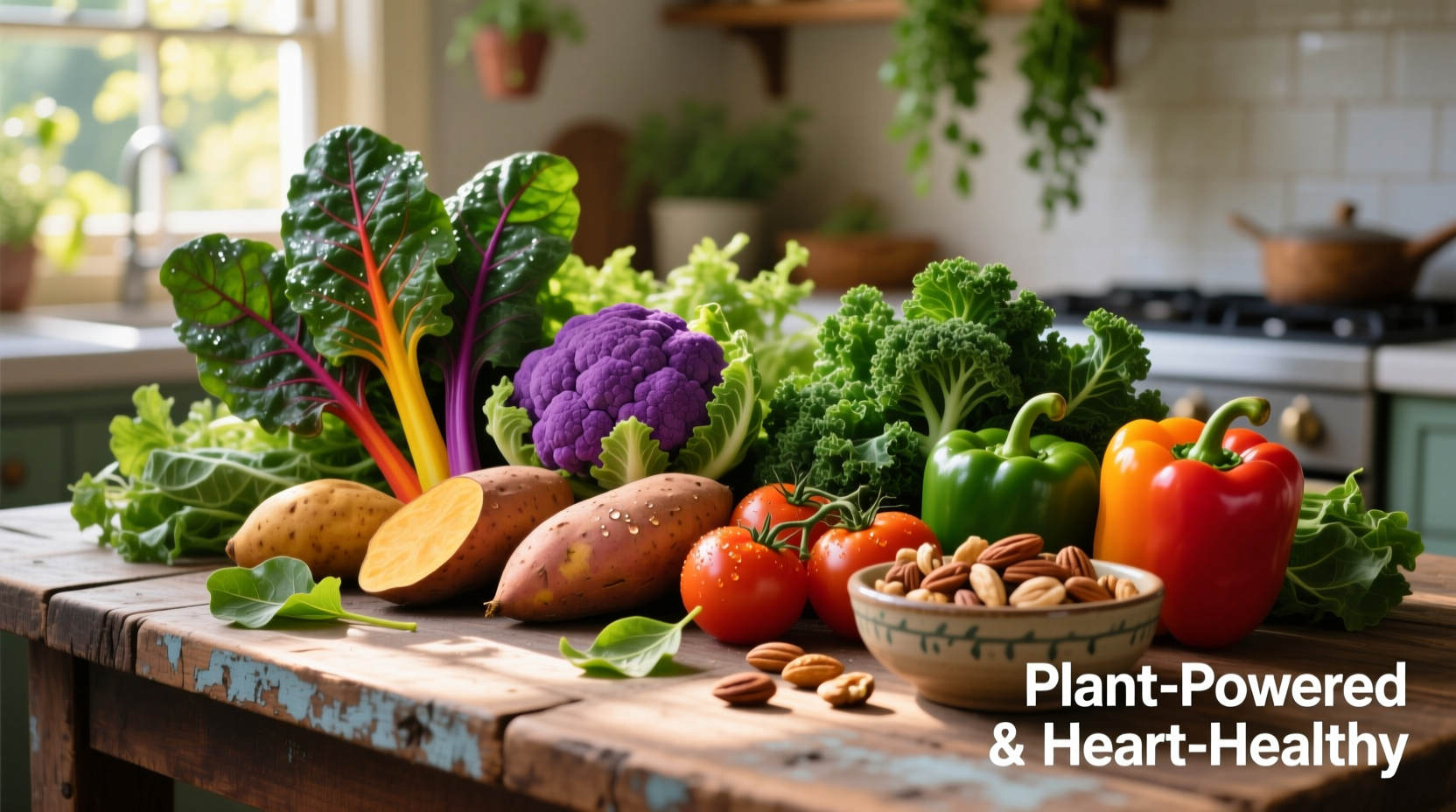When managing cholesterol levels, knowing which foods to prioritize can make a significant difference in your heart health journey. Contrary to popular belief, the cholesterol in food isn't the primary concern for most people—it's the saturated and trans fats that dramatically impact your blood cholesterol levels. This science-backed guide reveals exactly which foods support healthy cholesterol levels and how to incorporate them effectively into your daily routine.
The Cholesterol Reality Check: What Really Matters
For decades, dietary cholesterol was villainized, but current scientific understanding has evolved significantly. The American Heart Association now emphasizes that saturated fats and trans fats have a much greater impact on blood cholesterol levels than the cholesterol found in food itself. This crucial distinction changes how we should approach heart-healthy eating.
Here's what you need to understand:
- All plant-based foods naturally contain zero cholesterol
- Only animal products contain dietary cholesterol
- Saturated fats (found in fatty meats, full-fat dairy, and tropical oils) raise LDL ("bad") cholesterol most significantly
- Trans fats (found in partially hydrogenated oils) are worst for heart health
- Soluble fiber actively helps remove cholesterol from your body

Top Food Categories for Managing Cholesterol Levels
These food groups form the foundation of a cholesterol-friendly eating pattern. Incorporate them regularly for optimal heart health benefits.
| Food Category | Cholesterol Content | Key Heart-Healthy Components | Top Recommendations |
|---|---|---|---|
| Fruits | 0 mg per serving | Soluble fiber, antioxidants | Apples, berries, citrus fruits, pears |
| Vegetables | 0 mg per serving | Fiber, plant sterols, antioxidants | Broccoli, Brussels sprouts, leafy greens, sweet potatoes |
| Legumes | 0 mg per serving | Soluble fiber, plant protein | Lentils, black beans, chickpeas, edamame |
| Whole Grains | 0 mg per serving | Soluble fiber, complex carbohydrates | Oats, barley, quinoa, brown rice |
| Nuts & Seeds | 0 mg per serving | Healthy fats, fiber, plant sterols | Almonds, walnuts, chia seeds, flaxseeds |
Strategic Food Swaps for Better Cholesterol Numbers
Implementing these practical substitutions can significantly impact your cholesterol profile without feeling deprived:
Breakfast Transformation
Replace butter with avocado or nut butters on whole-grain toast. Choose oatmeal topped with berries and chia seeds instead of pastries or sausage. The soluble fiber in oats has been shown to reduce LDL cholesterol by 5-10% when consumed daily, according to research published in the American Journal of Clinical Nutrition.
Lunch & Dinner Makeovers
Substitute ground beef with lentils in tacos or spaghetti sauce. Use olive oil instead of butter for cooking. Add beans to soups and salads for extra fiber and plant protein. A comprehensive analysis by the Dietary Guidelines Advisory Committee found that plant-based dietary patterns consistently associate with lower LDL cholesterol levels.
Smart Snacking Solutions
Reach for a small handful of almonds or walnuts instead of chips. Enjoy apple slices with almond butter rather than cheese and crackers. These nutrient-dense options provide healthy fats and fiber that support cardiovascular health.
Surprising Truths About Common Foods
Not all cholesterol-containing foods require complete elimination. Current research reveals more nuanced guidance:
- Eggs: Most healthy people can enjoy 1-2 eggs daily without significant cholesterol impact, according to the National Heart, Lung, and Blood Institute. The saturated fat accompanying eggs (like bacon) poses greater concern.
- Shellfish: While higher in dietary cholesterol, shellfish like shrimp contain minimal saturated fat and provide heart-healthy omega-3s. Enjoy in moderation as part of a balanced diet.
- Lean Poultry: Skinless chicken and turkey contain less saturated fat than red meat. Remove visible fat and choose baking or grilling over frying.
Creating Your Low-Cholesterol Eating Plan
Implement these evidence-based strategies to make sustainable changes:
The 80/20 Plate Method
Fill 80% of your plate with plant-based foods (vegetables, fruits, whole grains, legumes) and limit animal products to 20%. This simple visual cue helps maintain balance without strict restrictions.
Label Reading Essentials
When shopping, prioritize these label checks:
- Look for "0g trans fat" (check ingredients for "partially hydrogenated oils")
- Choose products with 5g or more fiber per serving
- Compare saturated fat content—aim for less than 5g per serving
- Check for added sugars, which can negatively impact heart health
Restaurant Dining Strategies
When eating out, request modifications: ask for dressings and sauces on the side, choose grilled instead of fried options, and request vegetable substitutions for starchy sides. Most establishments accommodate reasonable requests for healthier preparations.
Tracking Your Progress: What to Expect
Implementing these dietary changes typically yields measurable results within 4-12 weeks. The Centers for Disease Control and Prevention notes that comprehensive dietary changes can reduce LDL cholesterol by 15-30%, comparable to some medication effects for mild cases.
Remember that individual responses vary based on genetics, overall health status, and consistency with dietary changes. Pair these food choices with regular physical activity and stress management for optimal heart health benefits.











 浙公网安备
33010002000092号
浙公网安备
33010002000092号 浙B2-20120091-4
浙B2-20120091-4